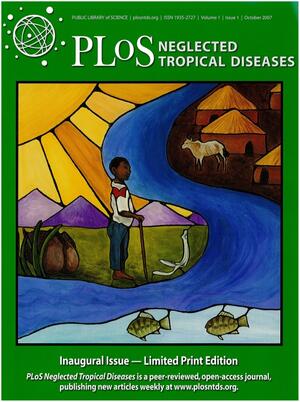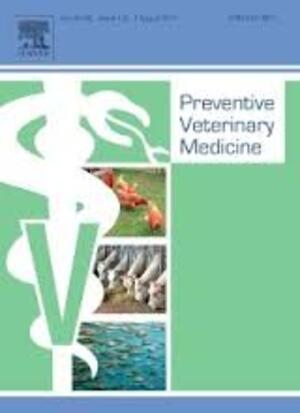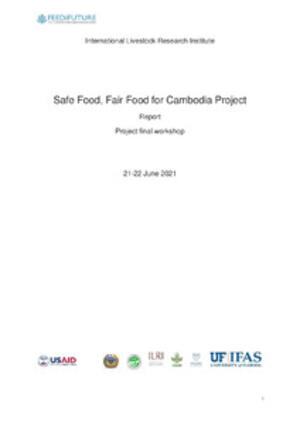
Leptospira bacteria detected in rodents in Tana River and Garissa counties of Kenya
Abstract
Introduction: Leptospirosis is a bacterial zoonotic disease with wide geographical spread. Its presence in Kenya and some of the neighbouring countries has been documented before and it is thought to contribute significantly to the number of febrile cases in human populations and abortions in livestock. This study investigated Leptospira spp. presence in rodents collected in both a pastoral and irrigated region of Kenya. Materials and methods: Blood and kidney samples were screened for leptospiral DNA by PCR, and ELISA was used to detect antibodies in tissue fluid. Results and discussion: Almost 42% (28/67) of the rodents were found to be PCR positive and 25% (14/56) by the ELISA test. Focus group discussions revealed that the local population perceived an increase in the rodent population and febrile illnesses not responsive to malarial treatment, a possible attestation of importance of non-malarial acute febrile illnesses such as leptospirosis in the communities. Conclusion: While the study was small, it indicated that rodents could play an important role as reservoir hosts for the bacteria in these areas.
Citation
Wainaina, M., Bett, B., Ontiri, E., Picozzi, K., Agwanda, B., Strand, T., Grace, D., Lundkvist, Å. and Lindahl, J. 2018. Leptospira bacteria detected in rodents in Tana River and Garissa counties of Kenya. Infection Ecology & Epidemiology 8(1): 1547093.









